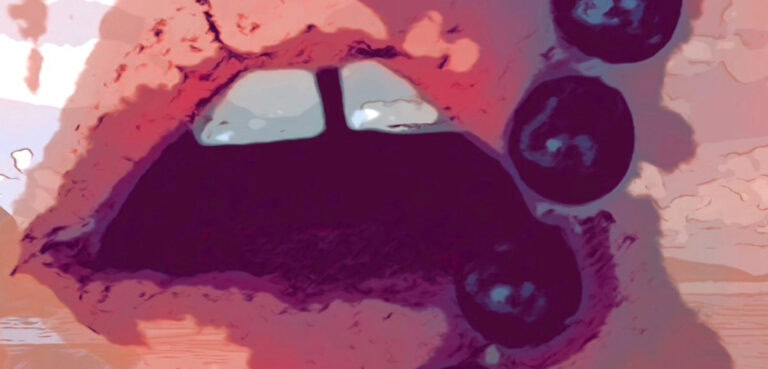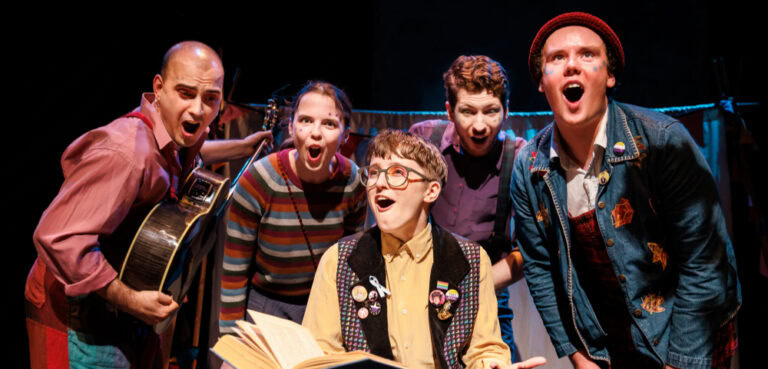
Father of Australian Surrealism dies
Australia’s leading surrealist painter, James Gleeson has died aged 93, leaving behind a legacy of work with Freudian undertones lurking beneath an audaciously homoerotic exterior.
The gay painter is widely considered to be Australia’s most important and prolific surrealist painter.
The fascination with the burgeoning surrealist movement began for Gleeson in the ’30s and continued growing through the ’40s when the artist’s travels took him around Europe, offering opportunities to see first hand the work of Salvador Dali and Giorgio de Chirico.
Returning to Australia, Gleeson took up with the experimental Contemporary Art Society and began on his own work. Characteristically, his pieces featured naked figures -” quite often males -” standing out amidst a turbulent background of psychedelic imagery, which often took on the appearance of swirling seas battling even greyer skies.
It’s very hard to summarise James’ achievement, it was so immense on so many levels, the Art Gallery of NSW’s head curator of Australian art, Barry Pearce told Sydney Star Observer.
The crowning glory of his achievement however is his painting, particularly in the last two decades when there was this miraculous flowering of large scale surrealist paintings in which he lifted the whole style and idea of surrealism onto a completely different plain in a way that nobody else had done in the history of Australian art.
We’ve had a long history of landscape painting in this country which is the outer landscape, but James’ vision went inside to the inner reality of existence, and it was somehow very easy to understand and engage with.
Recognised in most of the country’s leading galleries, Gleeson was also known as a poet and a great advocate of the arts.
Gleeson was a member of the first board of the National Gallery and worked hard to develop their surrealist collection. Throughout his life he also worked as an art critic, culminating in definitive histories of fellow Australian artists William Dobell and Robert Klippel.
Awarded the Order of Australia medal for his services to art in 1975, Gleeson’s talent was undeniable and his effect on the art world ongoing.









